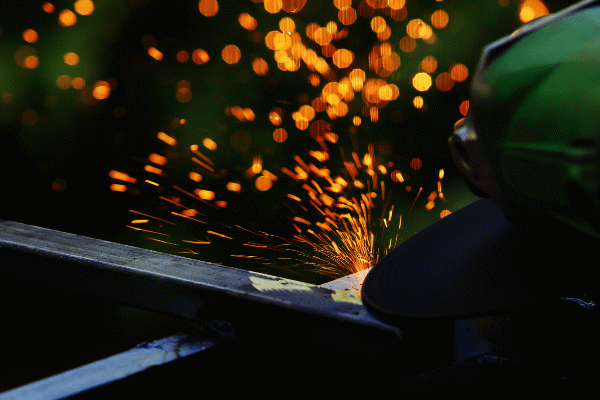What Hone Grit For Premium Steel Stock Piston Rings?
What Hone Grit For Premium Steel Stock Piston Rings?
There are several different reasons to hone your piston rings properly. Improper ring hone grit can result in engine failure, poor performance, and premature ring wear. Using the wrong sizing can cause premature cylinder lining or even early ring lap. Many racers recommend coarse sandpaper dipped in coarse sand to hone the barrels. This will make the rings lap in more quickly and increase the chances of wearing out sooner.

Premium steel stock piston rings are available in different hone grits. The ring hone grit is important to prevent excessive cylinder lining blow-by. The cylinder bore must be a proper size for the new ring to fit properly. Otherwise, excessive compression blow-by will result. Although this can be tricky, using the proper hone grate is essential.
If you want to hone your cylinder liners and piston rings, you need to use a premium steel honing stone. Silicon carbide stones are the best choice for ordinary ring hone grit, while #320-grit stones are best suited for moly-faced and racing rings. Whether you're going with a smooth, polished ring or a shiny new ring, remember to check the manufacturer's specifications and follow their suggestions.
In addition to polishing your piston rings, you should also consider honed cylinder bores to ensure proper ring-to-bore fit. This will prevent excessive compression blow-by, and improper cylinder bore oil retention. However, honing your cylinders with these materials requires a lot of care and should be performed by a reputable mechanic.
You need to hone moly rings to be as close to perfect as possible. The surface finish needs to be a minimum of 15-20 Ra. Generally, it would help if you used a rigid or power hone for performance steel ring replacement. But if you want a smooth surface, use iron or nitrided rings.
While traditional hone grits are better for older cast iron ring sets, ring manufacturers recommend that you hone premium steel stock rings to a surface finish of 15-20 Ra. If you are upgrading the engine, you can also increase the hone grit of your ring set with a higher-grade abrasive.
When you replace the piston rings, you should use a high-quality silicon carbide honing machine. The right tool will make it possible for you to achieve a higher-quality surface finish. It will also make the ring installation process much easier. Depending on your needs, you might choose to go with either a low-quality or high-performance ring.
The best hone grit for premium steel car piston rings is around 20 Ra. You should use #320 or 400 grit silicon carbide stones for higher-grade rings. Those with nitrided rings should be honed with finer diamond grit. While the latter is more expensive, diamonds will not wear down as fast as conventional abrasives.
You can also use abrasive wheels for high-grade rings. The best ones are silicon carbide, the best choice for a wide variety of alloys. They are also more durable than aluminum or magnesium. You should also try a carbon ring with moly nitrided surfaces for a high-grade ring.
For a premium steel stock piston ring, the honed surface should be about 45deg to the cylinder and 32deg to the cylinder's deck surface. The crosshatch pattern should be the same across the length of the cylinder. Ideally, the ring's surface should be rounded to the same degree as the cylinder's surface.
 Telephone :+86 157 6285 8378
Telephone :+86 157 6285 8378 WhatsApp :+86 157 6285 8378
WhatsApp :+86 157 6285 8378 Email :info@ziboyalong.com
Email :info@ziboyalong.com














